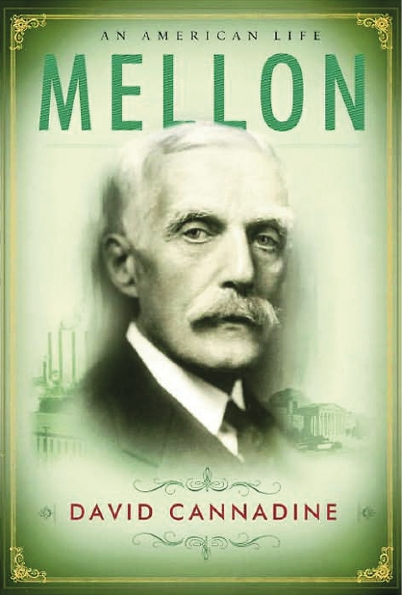Give And Take
Mellon: An American Life David Cannadine(Alfred A. Knopf, Hardcover, $35) Carnegie David Nasaw


Latest Article|September 3, 2020|Free
::Making Grown Men Cry Since 1992




